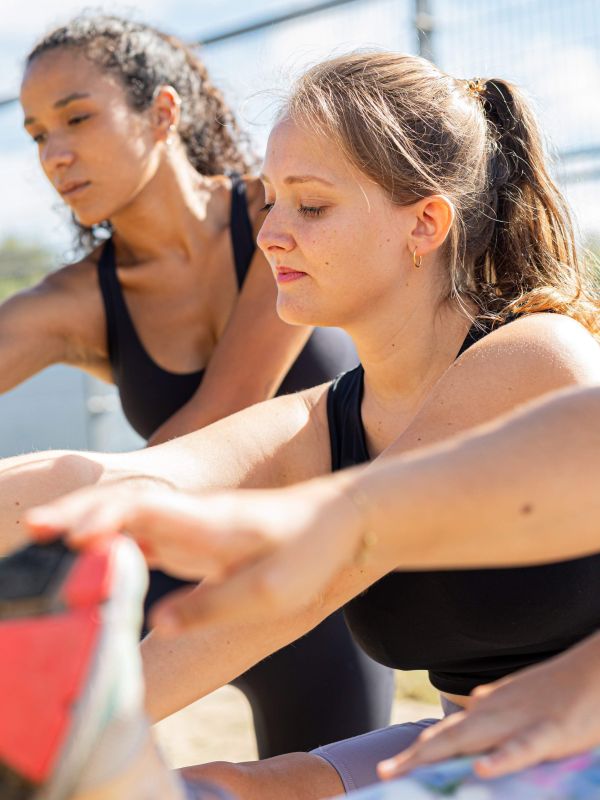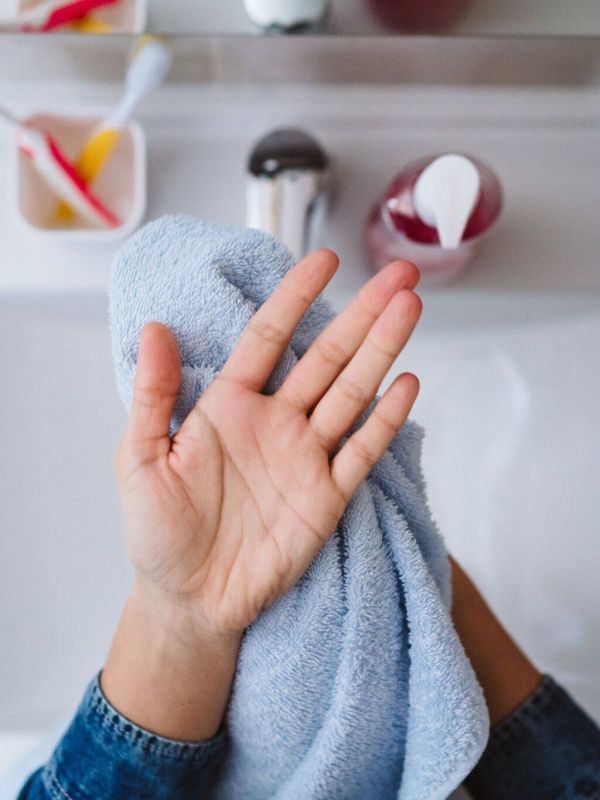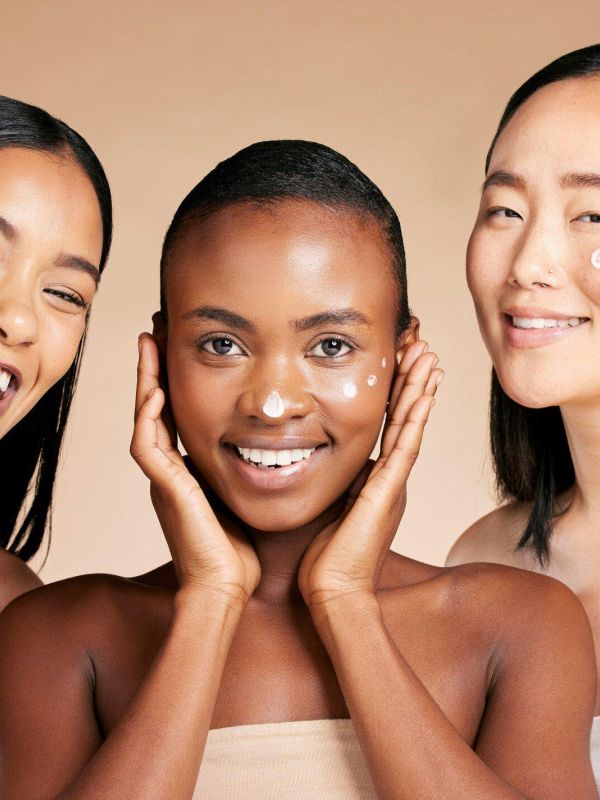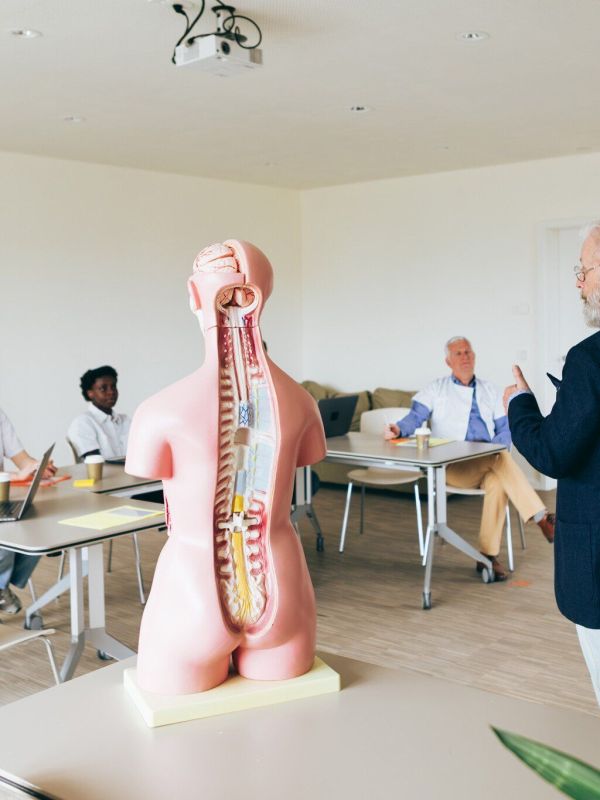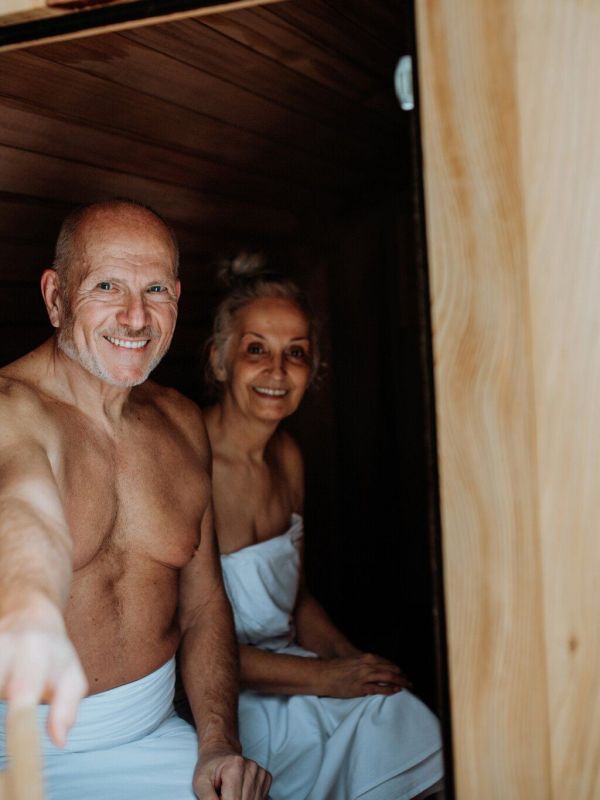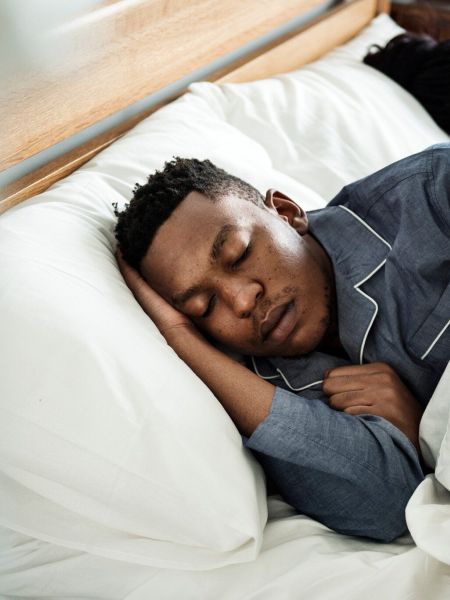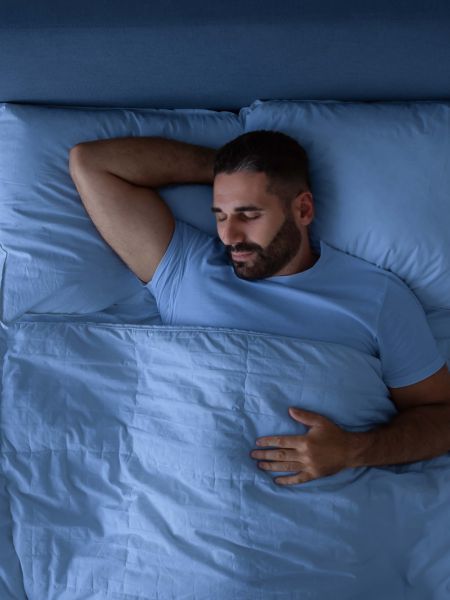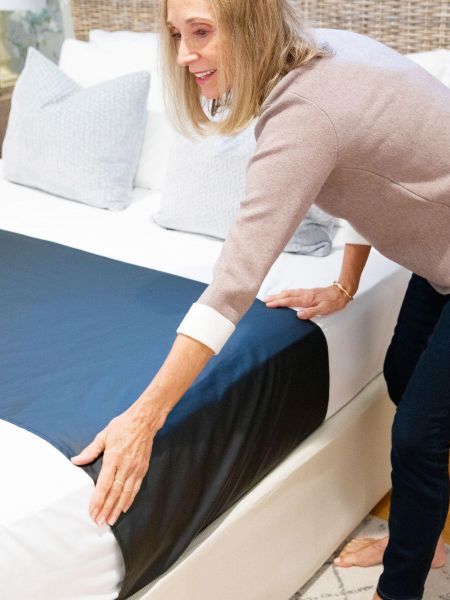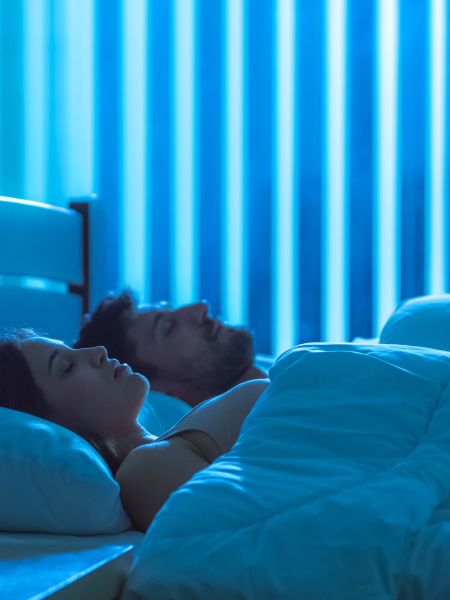Baseline guidelines for sleep optimization
Foundational Health Series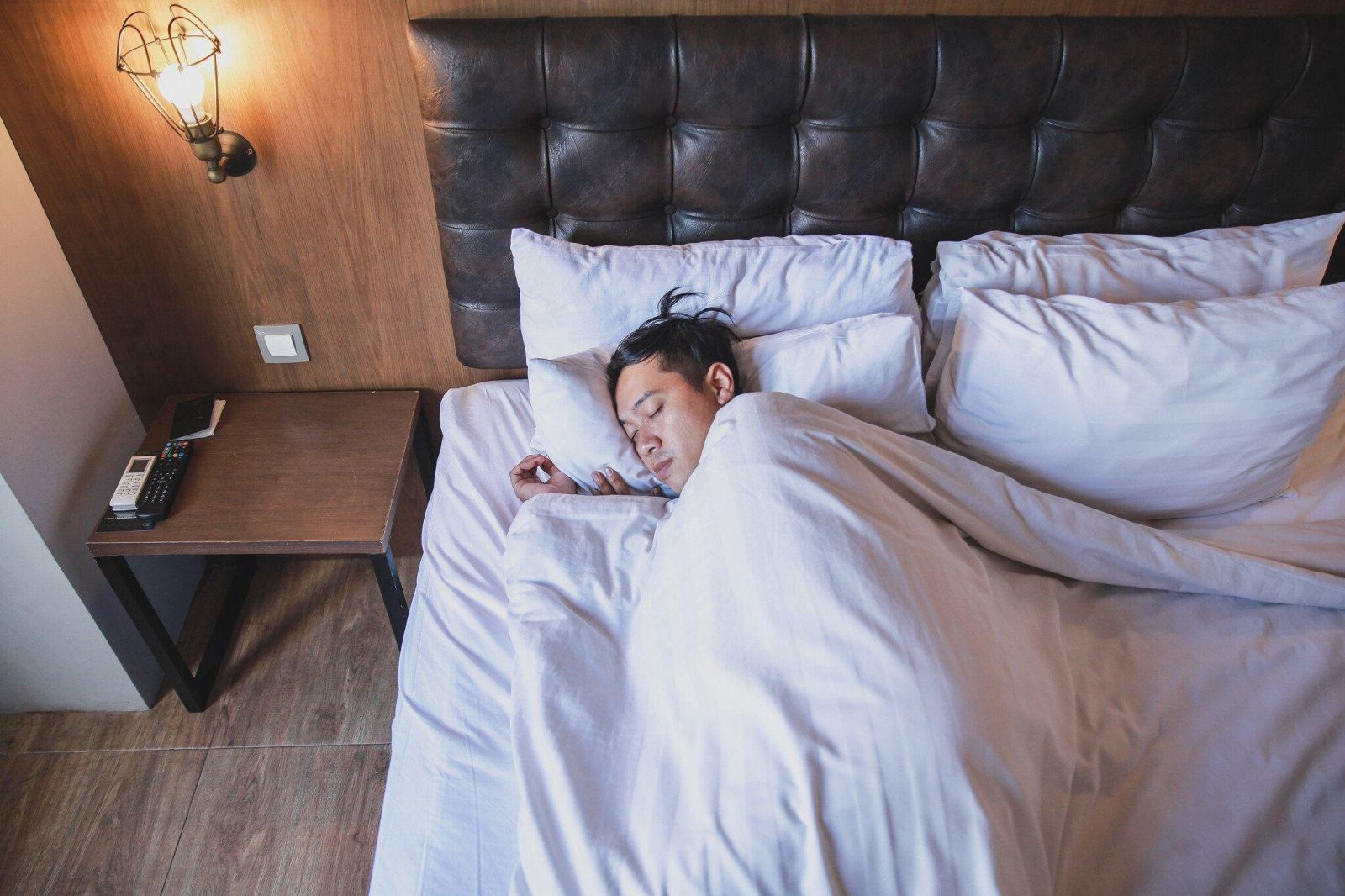
My health coach mentor once told me, "There's no greater biohack than getting a good night's sleep."
Many other experts agree. There is simply no supplement, no exercise routine, no cold plunge, no sauna routine, no stress relief headgear wearable, no meal, and no IV therapy that will help your body restore, rebuild, and grow like a full night's sleep can.
In a perfect world, you're asleep by 10:00 p.m., and getting 8 hours of sleep. If you're tracking your sleep via Apple Health, Oura, Whoop, or something similar, the hope is that you're getting roughly three hours of deep sleep (NREM) during this time. Studies have shown that females will typically need closer to nine hours of sleep on average to complete a "full night's sleep."
Design your day and evening to enable a full night's sleep.
The sleep hygiene checklist:
- Limit blue light and bright LED exposure as they disrupt your circadian rhythm as you wind down
- Consider wearing blue light glasses after dinner
- Start dimming the lights around your house after dinner
- Don't bring your cellphone to bed or leave it next to the bed while you sleep
- Limit screen time the hour before bed
- Mitigate the EMF from cell phones and Wi-Fi while you sleep
- Consider black-out curtains to keep your room as dark as possible
- Remove digital clocks from your bedroom (hat tip to Matthew Walker)
- Avoid melatonin if possible since you don't want your body to become reliant on it to fall asleep
- Consider a healthy night snack before bed, ensuring it has protein/fat and not just carbs to help modulate glucose levels while you sleep.
- Develop a relaxation routine before bed
- This may include stretching routine before bed (See Mobility & Flexibility).
- Consider a calming app (we have plenty in our discover tool)
Foundational Health - Basic Guidelines Series:

